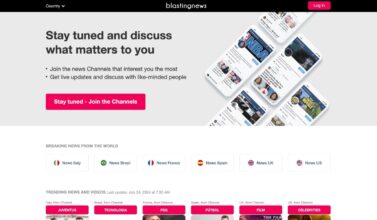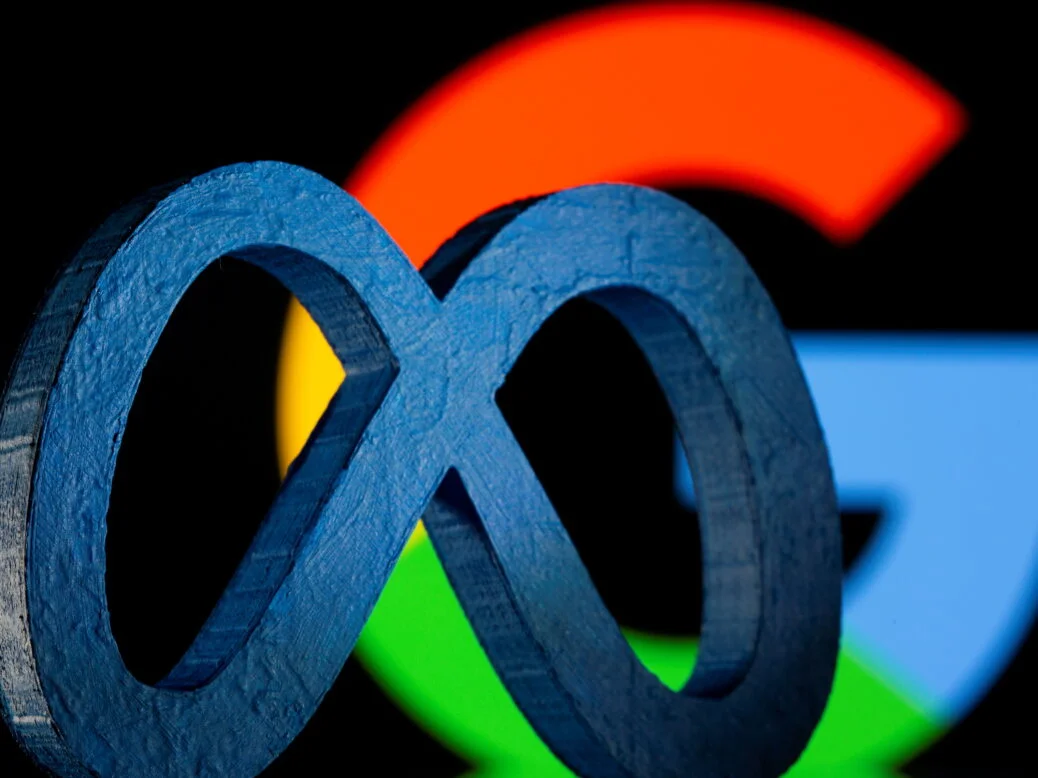What’s happening:
What would online news look like today, if it hadn’t evolved from the traditional 800-word print newspaper article? This is a question that the BBC asked, and then sought to answer by brainstorming new online/mobile journalism formats, and testing those prototypes amongst its least engaged audiences: Generation Z and women aged 28-45.
How they did it:
BBC originated several types of new personalised news formats, testing them with these two audiences that show the least engagement. This personalisation included selection and delivery of specific stories based on the individual user, but also went beyond that to attempt personalisation of the story content itself (which the BBC called “adaptation”). These prototypes were also tested against a range of criteria.
Three best-performing prototypes came out of the process:
- This approach used readers’ geographic personalisation to weave local information into national news stories.
- This prototype summarised previous articles about a story subject, using bullet points that were gleaned from push alerts from the previous articles in the storyline.
- While this prototype was admittedly outside the scope of true personalisation, it tested well. This approach presented stories as a headline with a one-line summary; readers could then click for a four-paragraph summary, then click again for the entire story.
The results:
In general, readers did not care for the “adapted” stories where the content had been deeply altered for personalisation, feeling that they had been “put in a box” or that the news outlet was making assumptions about them. However, they did like having control over how a story was presented to them.
Straightforward, mainstream personalisation also tested well in this BBC experiment; though the readers resisted giving more personal information than location or their reading habits in exchange for benefits.
Digging deeper:
The BBC also looked at how their readers understand stories, and how to help them process the often complex and divisive issues in the news today. Targeting Generation Z, the team developed four specific aims:
- Give more context at the point readers need it, rather than the traditional news pyramid of context coming at the end of the story.
- Aim to explain and answer questions better.
- Show the impact a story might have on the reader.
- Show multiple perspectives on an issue.
To do this, the BBC tested several prototypes that included Simplify (everything in one place), Perspectives (using different points of view), and Consequences (breaking a story down into different topics).
The Perspectives approach was the winner in the Generation Z testing, and resulted in great engagement.
While these prototypes were largely tested within the demographics of women aged 28-45 and Generation Z, the BBC found that many of the needs mirrored across several of their audience segments, including the older “core” BBC audience. From the research, they came up with a set of “truths” for their audience:
Content from our partners
- They use smartphones for online news, but have concerns about data usage and device storage.
- They want news and to be informed about the world, but like to skim and then dig deeper into what’s of interest to them.
- They expect interaction and control with digital news.
- They generally prefer text over video or other formats.
- Varying opinions and perspectives are important, especially to younger readers.
- The BBC (along with other news outlets) uses too much assumed knowledge and jargon in their stories.
The best prototypes were those that met these needs and solved the problems. There were also a host of other prototypes that didn’t work, but added to the learning; you can read about them in this article.
The bottom line:
Tristan Ferne of BBC summed up the key lessons from the project.
- Assemble a multi-disciplinary team
- Test prototypes, but also test the writing and journalism
- Make many formats, not just one
- Develop reusable and structured content
- Show diverse opinions and explain things better












